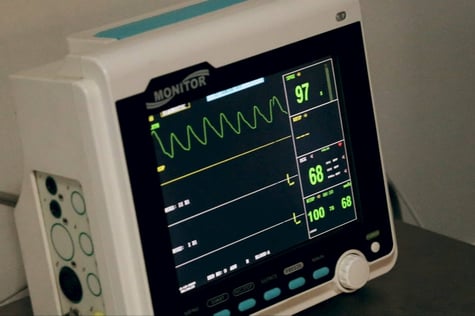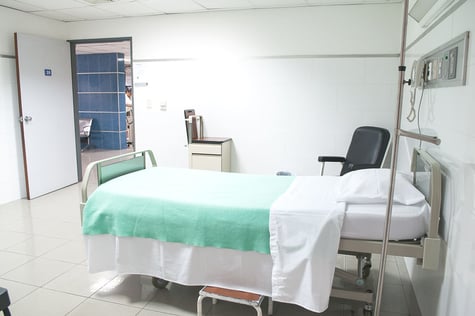The design of any new product has its challenges, but eHealth devices are operating in uniquely challenging environments. As well as the usual r/f legislation issues, the regulatory environment for health technology is quite complex, and the users themselves will often have unique requirements. Plus these devices can be operating in life or death situations, so their reliability has to be of the highest standard. This all adds up to the fact that developing eHealth devices requires more care and more planning than many other systems.
Key to the functionality of any eHealth device is the antenna. With a good antenna, the device can perform its task as expected, in a reliable and dependable manner. Selecting and implementing the right antenna therefore is critical, and this guide illustrates how this selection process is affected by, and impacts upon other key stages of the product design.
With the right antenna, eHealth devices can make a difference to the lives and health of many people.
Balancing aesthetics & functionality
Aesthetics may not be the most critical factor in a device offering health benefits, but they are certainly worth considering nonetheless. Even devices geared primarily for performance can still be designed to look good, in line with the latest trends in technology, but without compromising functionality.
This is also important from a safety perspective – if the device is aimed at children, what can be done to make it both fun and safe to use? Are there any small parts which could lead to a choking hazard? Does the product have sharp corners or edges? Exercises such as creating user personas can help designers review the full requirements of a new product design.
Ease of use & ergonomics
It’s vital that the product is simple to use and understand; especially in cases where time and efficiency is of the essence, such as with pacemakers and blood pressure monitors. Similarly, the product needs to be well thought-out for its purpose. For example, devices designed to assist arthritis patients need to allow for the physical limitations of the users in the design.
Data security & encryption
The global cost of cybercrime is expected to hit £6 trillion by 2021 and security is certainly one big risk engineers should be aware of. Health products and wearables pose extra concerns, particularly if they store highly sensitive personal data. It’s vital to implement specific measures to ensure patient details are kept safe. It is important to note that the security capabilities also need to comply with relevant government data regulations – such as the European Union’s General Data Protection Regulation.
Modularity & design for manufacture
Is a new product being introduced as part of a wider range? If so, it may be possible to save time and money by utilising the same components in each. This is important to consider from the business aspect, as opposed to the consumer aspect: after all, manufacturing customised components for each new iteration can be costly and time-consuming.
Antennas can, at the very least, provide a semblance of consistency since careful antenna selection and good design will allow the RF elements to fit a range of products and keep them functioning to their best ability. Most good manufacturers offer tape-and-reel options for quick & easy manufacture using pick-and-place machinery.
Materials & comfort
Are the materials used in the device non-corrosive and safe for public use? In particular, if a device will come into contact with skin, it is particularly important to ensure that the materials used in the manufacture won’t harm or damage the wearer in any way.
There’s never a guarantee that a device will remain completely intact, so, similarly, the substances used within its housing also need to be safe. It’s also important to consider the use of certain materials together: plastics can be worn down easily in oily environments, and metals such as steel and aluminium are chemically incompatible.
Budget & feasibility
A simple question that needs to be considered throughout the ideation phase: is the product easy to manufacture? Antenova have produced antennas that are specifically designed to meet this requirement: they are small, easy to implement, and have minimal impact on surrounding components. Clearly there are a range of factors that need to be considered when manufacturing a product: especially in an industry that revolves around life-or-death situations.
Designers can rest assured knowing that Antenova have components, products and support services such as the Trace Line Calculator that can make the design process much easier. The Antenova engineering team have a lot of experience working with eHealth products, so are able to offer advice and support right from the start of your project to its completion.
.jpg)



